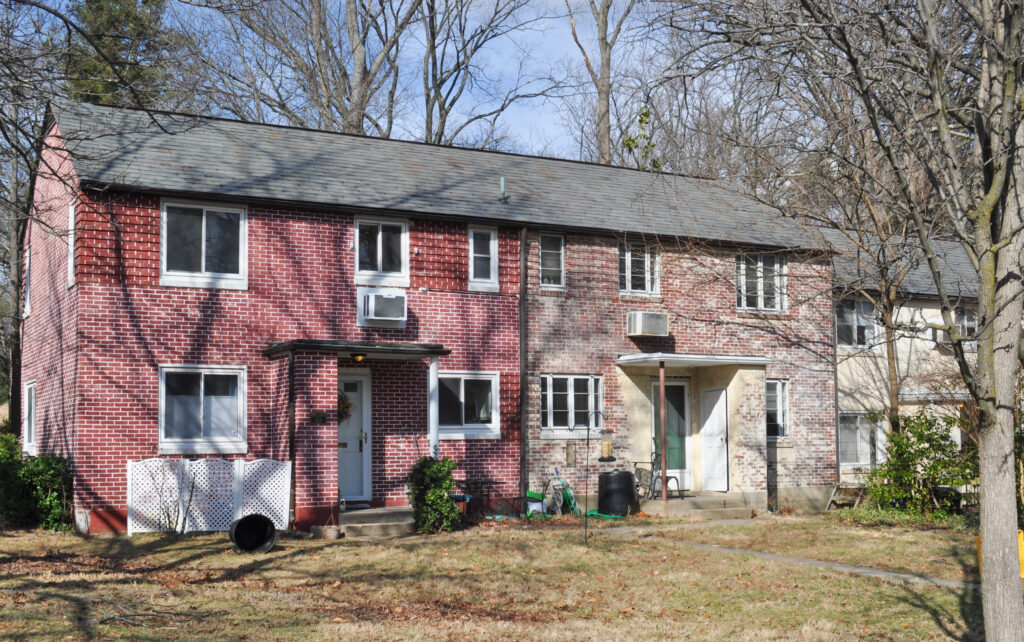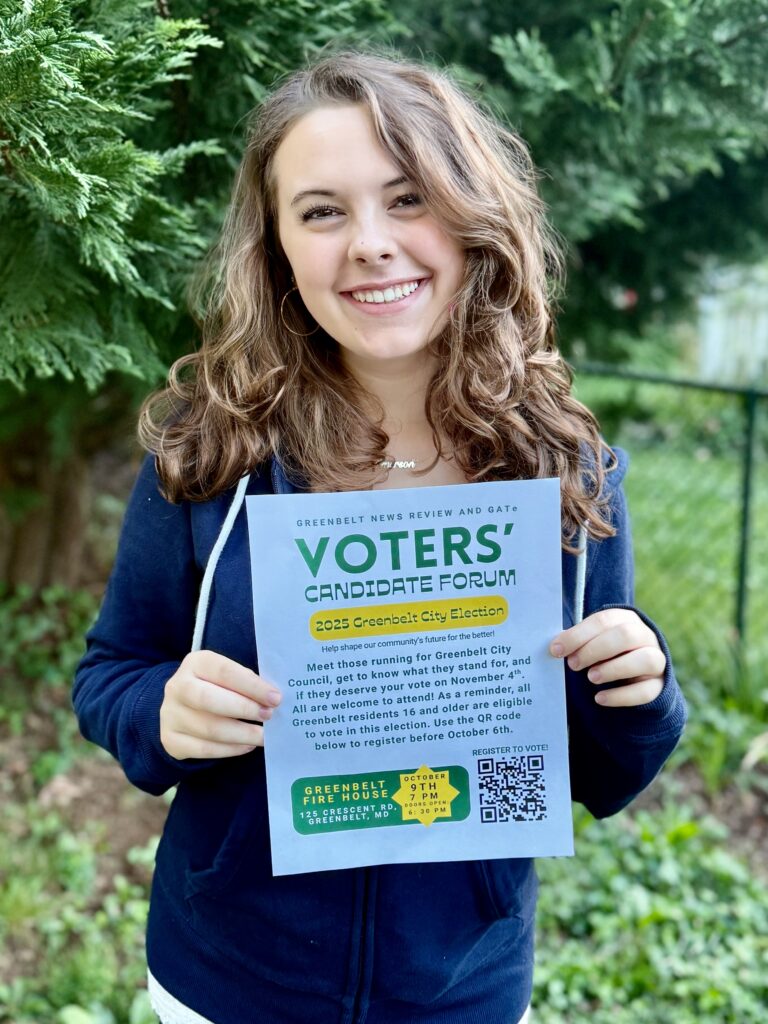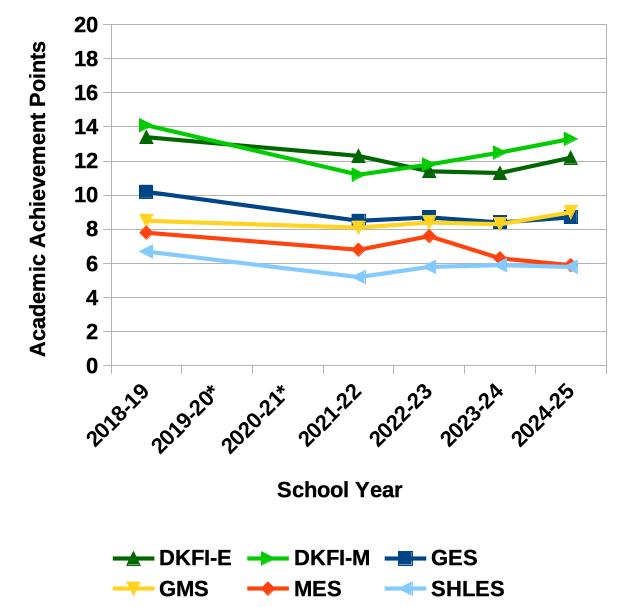On Tuesday, October 8, a coalition of Greenbelt community organizations and businesses sponsored a guest lecture and discussion with Chuck Marohn Jr., the founder of Strong Towns, a nonprofit research and educational organization based in Minnesota. A civil engineer and planner, Marohn is an expert in the sustainability and resilience of towns and cities.
The discussion started with Detroit, once one of the greatest cities in the world, now an economic ruin. Why did Detroit fail? Marohn noted that while there are plenty of superficial reasons, the underlying problem was that Detroit was the first American city to fully experience sprawl. The city built housing far from the city center and crisscrossed the landscape with commuter highways. The costs of the sprawl were small at first and the benefits of the suburban growth were large. Detroit remained a thriving “Motor City.”
But by the 1980s, the inefficiency of those extra miles of pipes and asphalt and street lights and sewer lines had made Detroit financially fragile. After a few bad leaders, poor decisions and unlucky breaks, Detroit couldn’t pay for basic public services. With declining public services came private disinvestment and economic collapse. In a sense, Detroit was an early adapter of the sprawled-out development pattern, in both its growth and decline phases. Detroit’s experience should be a warning, Marohn said, not seen as an anomaly.
How can communities avoid the sort of fragility that brought down Detroit? Marohn described how suburban communities chase growth and sprawl development, often at the expense of their long-run stability. He displayed research on which parts of towns and cities were financially selfsustaining – that is, they brought in more tax revenue than they cost to keep up. Surprisingly, the studies showed that it was usually the older, sometimes shabbier sections of towns that were more economically viable, even after accounting for education, police, fire and other public services.
Finally, Marohn distilled the Strong Towns approach for communities like Greenbelt. The key ideas are to avoid major new public investments, such as highways or road expansions, that don’t bring in more tax revenues than they would cost to maintain in the long run. He ridiculed typical highway department claims that road expansions would save millions in reduced commute times. Not only is that outcome rare, he stated, but towns can’t pay for public services in time savings – they need real money.
Instead Marohn suggested small bets. These smaller scale investments can be done cheaply, evaluated quickly and duplicated if successful. Small projects, such as sidewalks, crosswalks, bus stops, street trees, bike lanes or trails, can leverage more private confidence in the neighborhoods and prevent a cycle of disinvestment. He suggested that towns should be allowed to grow incrementally, because some growth is needed and can be beneficial. However, neighborhoods should be protected from radical change.
The event was sponsored by the Greenbelt Community Development Corporation, Maryland Milestones/Anacostia Trails Heritage Area, the City of College Park, Beltway Plaza and Proteus Bicycles. The Greenbelt lecture was preceded by a reception and book signing at Proteus Bicycles in College Park. Mayor Emmett Jordan and College Park Mayor Patrick Wojahn welcomed the Strong Towns team to Prince George’s County. A follow-up article will feature Greenbelt at StrongTowns.org in the coming weeks.



